 Navigation
Navigation
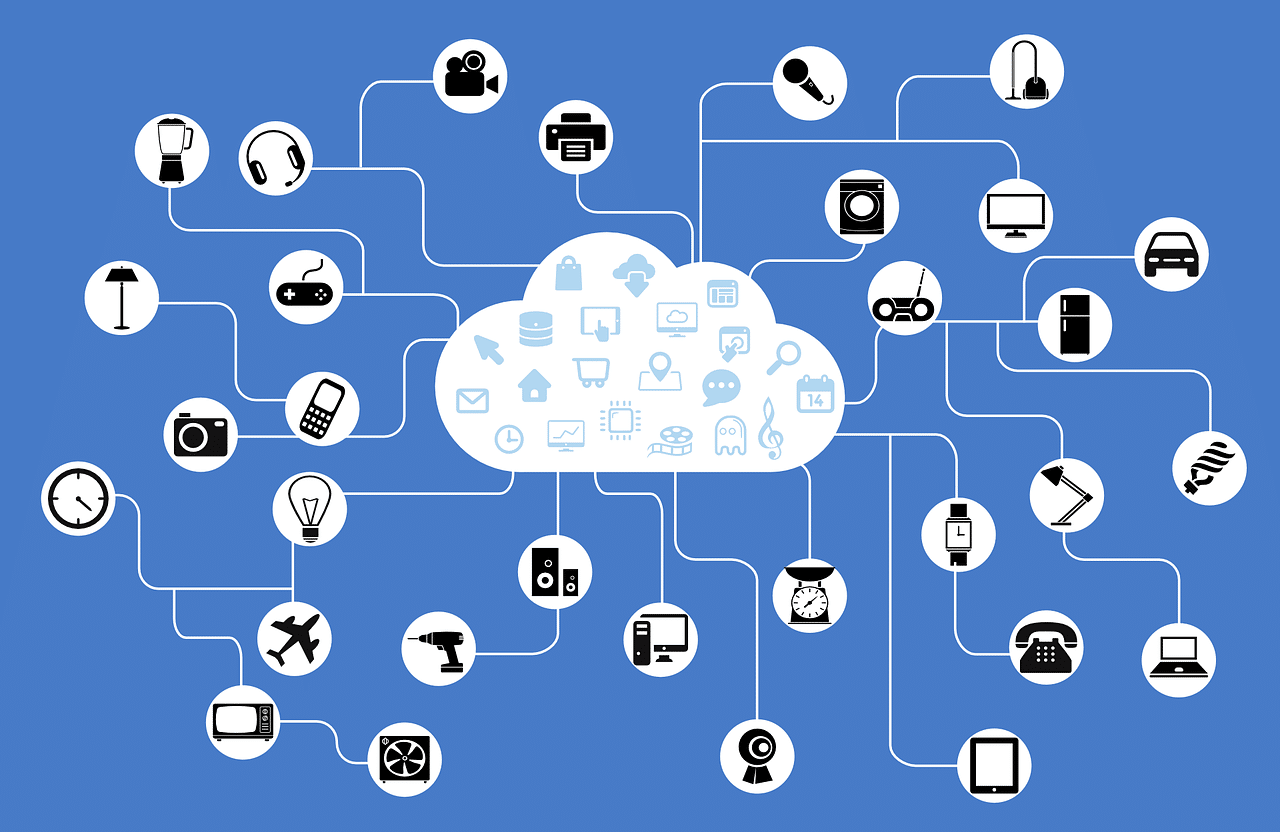
Blockchain And IoT: A Perfect Match?
|
|
Disclaimer: The views and opinions expressed in this article are those of the authors and do not necessarily reflect the official policy or position of Blockgeeks
Blockchain has become a media buzz due to its unique and powerful qualities. While a lot of excitement exists for its use in both financial and identity applications, a new and more exciting area for this technology has emerged. It is the Internet of Things (IoT) and Industrial Internet of Things (IIoT) which will have the most to gain from this technology. While blockchain technology possesses a tremendous amount of exciting technical features, we will focus on those that are the most desirable for today’s IoT challenges.

Blockchain And IoT: A Perfect Match?
Let’s start with Bitcoin’s extensive global blockchain ledger footprint. This ledger spans thousands of nodes across the planet. It’s a peer-to-peer network allowing software applications to send transaction messages between each other with zero infrastructure costs and near instant speeds. According to recent bitcoin statistics, average transaction speeds across 55% of the network is between 400 and 800 milliseconds. That is without using bitcoin‘s newest fast-relay-network, FIBRE, where speeds can average as fast as 50 milliseconds. Leveraging such a system can save companies millions of dollars in infrastructure costs and time, providing a rapid go to market strategy.
Every update to the blockchain is globally replicated with redundancy and indisputable fault tolerance.
As a peer-to-peer global network, bitcoin’s blockchain has provided eight and a half years of proven, reliable transaction messaging – a feature whose need is ever increasing as we scale the number of devices for the IoT. Peer-to-peer messaging bypasses inefficient central database hops and allows efficient autonomous communication between peer devices. It is more reliable as central dependency disappears. Failure of one peer doesn’t affect the functioning of other peers. In comparison, for the case of central cloud networks, if the central servers or databases become unavailable (e.g. go down), all connected devices get affected, an effect that could disable a city full of devices or hundreds of thousands of homes. Peer device communication will quickly become the new normal for large device deployments.
Security: Blockchain and IoT
The security that blockchain provides for devices is unparalleled. The media has highlighted hacks involving bitcoin but, in reality, hacks that have happened were theft of bitcoin keys stored in common databases. The strength of each transaction message comes from the fact that every node in the vast network verifies message origin by means of a cryptographic signature carried along with the message. Messages originating from anywhere other than the true origin are invalid and discarded. This feature prevents known attack methods such as man-in-the-middle and replays and is a much-needed capability in IoT.
Gartner predicted that more than 20% of businesses will deploy security solutions for protecting their IoT devices and services by 2017, IoT devices and services will expand the surface area for cyber-attacks on businesses, by turning physical objects that used to be offline into online assets communicating with enterprise networks. Businesses will have to respond by broadening the scope of their security strategy to include these new online devices.
The cost of regulatory compliance and the need for governance creates a tremendous burden on enterprise resources. Companies need to invest in various system products, system admins and incur added maintenance costs. With the blockchain, the message is the inscribed recording – an unchangeable record combining both features as one, creating an impenetrable non-modifiable entry. Hardened against tampering and revision, the record is irreversible even by operators of the data store’s nodes. This record is cryptographically enforced and hosted on machines running the software. The inscribing mechanism typically happens within 10 to 30 minutes of message initiation. This is extremely rapid for governance and regulatory purposes, with no further intervention, which reduces regulatory and compliance costs while achieving the highest level of governance.
One such example is:
Cooperatively Owned Self-Driving Cars
Using current technologies, a company like Uber or Google maintains the servers necessary to run a self-driving car.

Using a blockchain-based service, any number of individuals could form an agreement between themselves to purchase a self-driving vehicle and share its maintenance amongst themselves. Each cooperative group could from contracts with other groups and share usage of their vehicles amongst a wider group of peers.
Conclusion
Adoption in the IoT space for blockchains has been slow. Many of its technological features are not widely known and integration with such cryptographic ledgers present difficult engineering challenges. Blockchains of Things, Inc. is changing this with its introduction of Catenis Enterprise, a rapid blockchain integration platform.


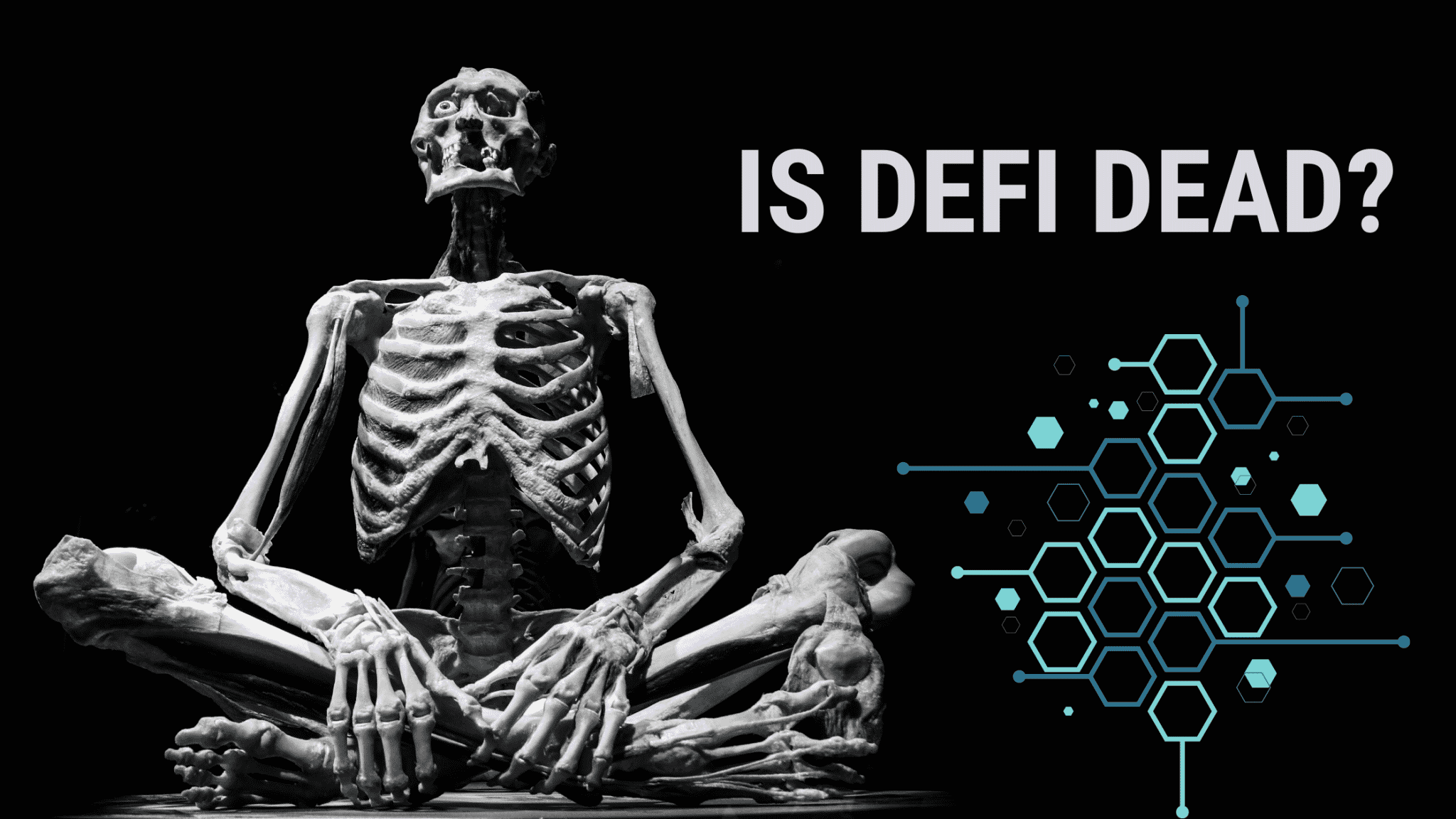

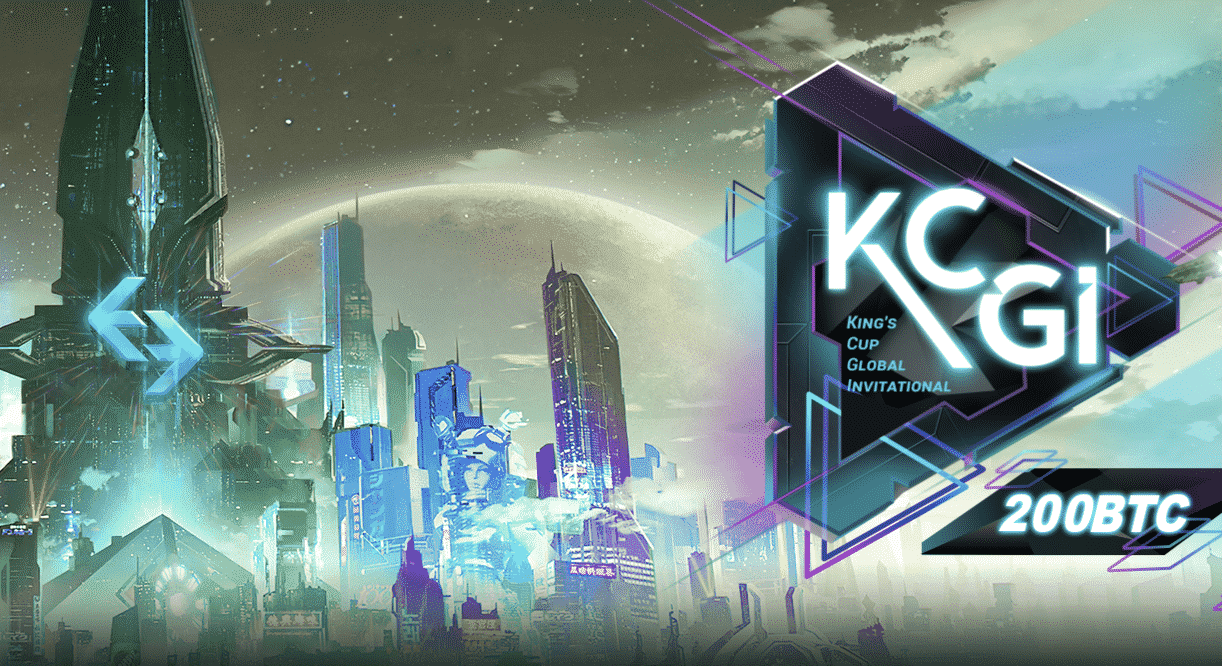
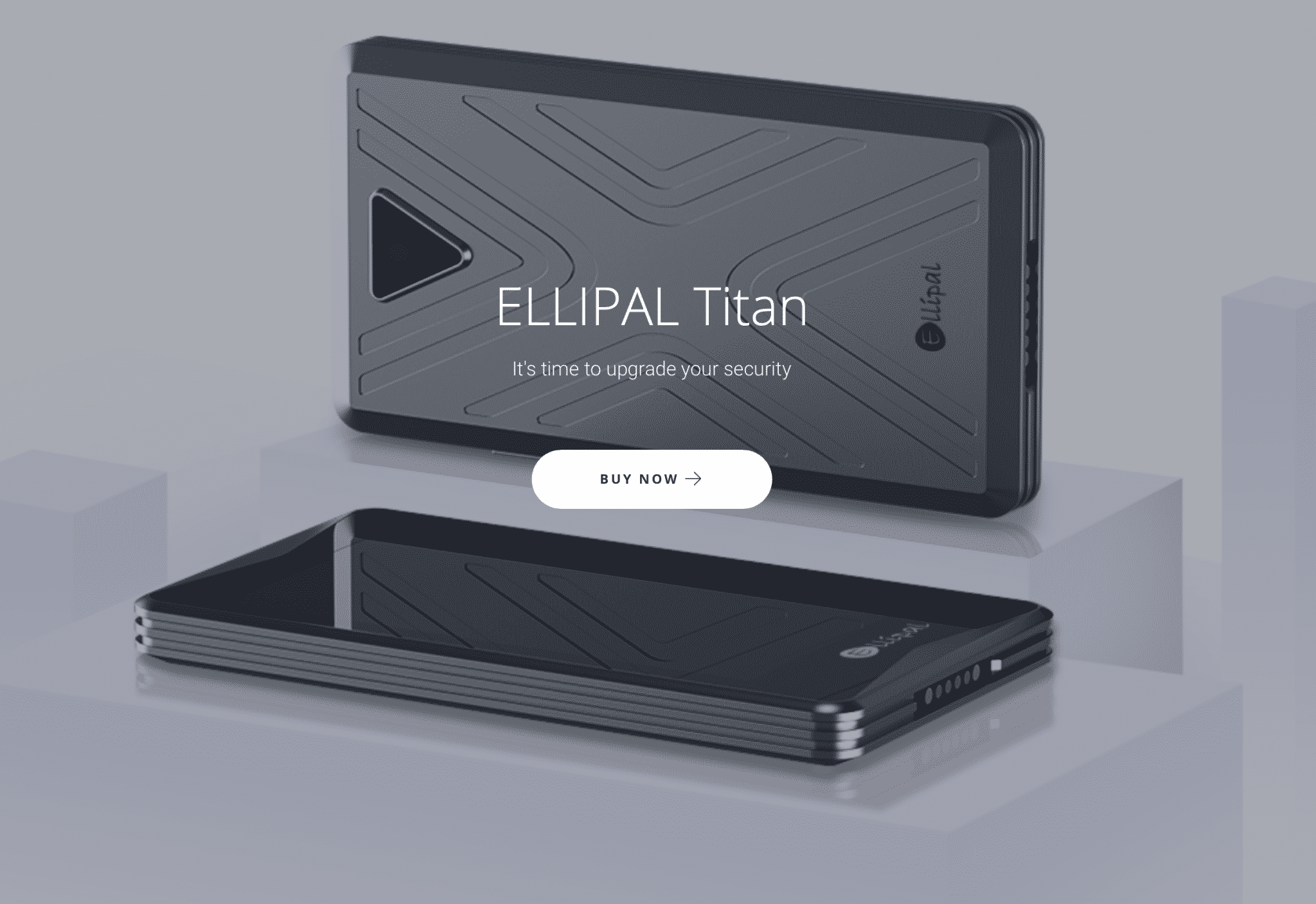
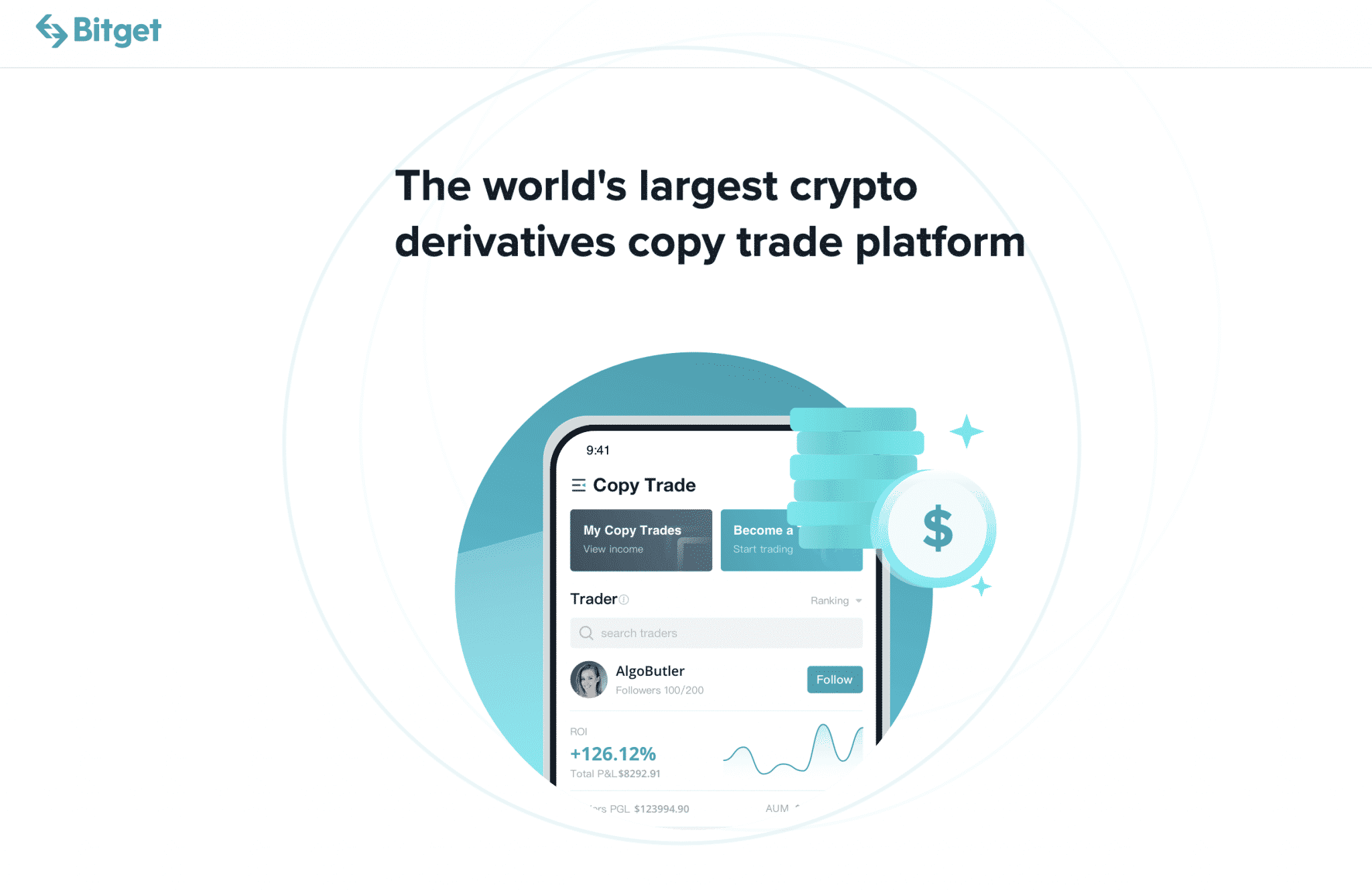
chicago illinois dissertation help https://helpon-doctoral-dissertations.net/
dissertation writing support group https://dissertations-writing.org/
writing thesis and dissertation proposals https://help-with-dissertations.com/
professional dissertation writing https://dissertationwriting-service.com/
free online slots site https://slotmachinegameinfo.com/
free x rated slots https://download-slot-machines.com/
myvegas slots facebook https://beat-slot-machines.com/
office mailbox slots https://slot-machine-sale.com/
las vegas games free slots https://slotmachinesforum.net/
vdeos of live slots https://slotmachinesworld.com/
slots garden https://pennyslotmachines.org/
free slots 4 u https://candylandslotmachine.com/
clearwater slots https://freeonlneslotmachine.com/
free slots 777 sizzling 7s https://2-free-slots.com/
gay dating long term relationship oriented guys https://speedgaydate.com/
transcripts of first time gay chat https://gay-buddies.com/
faree gay chat https://gaytgpost.com/
gay dating for ftm’s https://gaypridee.com/
black gay men phone chat https://bjsgaychatroom.info/
2tongue-tied
[…] Enter blockchain, which offers several attractive characteristics that could securely enable the parabolic growth in IOT devices. The Bitcoin blockchain doesn’t quite fit the bill here – but blockchain technologies such as Ethereum and Hyperledger, with their built-in support for “smart contracts” (distributed code that executes when defined conditions are met), seem quite promising. […]
[…] Enter blockchain, which offers several attractive characteristics that could securely enable the parabolic growth in IOT devices. The Bitcoin blockchain doesn’t quite fit the bill here – but blockchain technologies such as Ethereum and Hyperledger, with their built-in support for “smart contracts” (distributed code that executes when defined conditions are met), seem quite promising. […]
[…] Enter blockchain, which offers several attractive characteristics that could securely enable the parabolic growth in IOT devices. The Bitcoin blockchain doesn’t quite fit the bill here – but blockchain technologies such as Ethereum and Hyperledger, with their built-in support for “smart contracts” (distributed code that executes when defined conditions are met), seem quite promising. […]
[…] technically speaking, we regard cars with such an interface as being part of the IoT or IoE (Internet of Everything). As we have specialized in developing new solutions through IoT and blockchain technology, we […]
[…] technically speaking, we regard cars with such an interface as being part of the IoT or IoE (Internet of Everything). As we have specialized in developing new solutions through IoT and blockchain technology, we […]
[…] technically speaking, we regard cars with such an interface as being part of the IoT or IoE (Internet of Everything). As we have specialized in developing new solutions through IoT and blockchain technology, we […]
[…] of finance, we have also done some proof of concept in as remote use cases as healthcare or IoT. In healthcare we did a proof of concept around pharmacies and clinics existing on a network […]
[…] of finance, we have also done some proof of concept in as remote use cases as healthcare or IoT. In healthcare we did a proof of concept around pharmacies and clinics existing on a network […]
[…] of finance, we have also done some proof of concept in as remote use cases as healthcare or IoT. In healthcare we did a proof of concept around pharmacies and clinics existing on a network […]
[…] Blockchain And IoT: A Perfect Match? […]
[…] Blockchain And IoT: A Perfect Match? […]
[…] Blockchain And IoT: A Perfect Match? […]
Yes, the bots are taking over and blockchain is perfect to keep them honest and have them trade with each other!
Yes, the bots are taking over and blockchain is perfect to keep them honest and have them trade with each other!
Yes, the bots are taking over and blockchain is perfect to keep them honest and have them trade with each other!
[…] Source: Blockgeeks […]
[…] Source: Blockgeeks […]
[…] Source: Blockgeeks […]